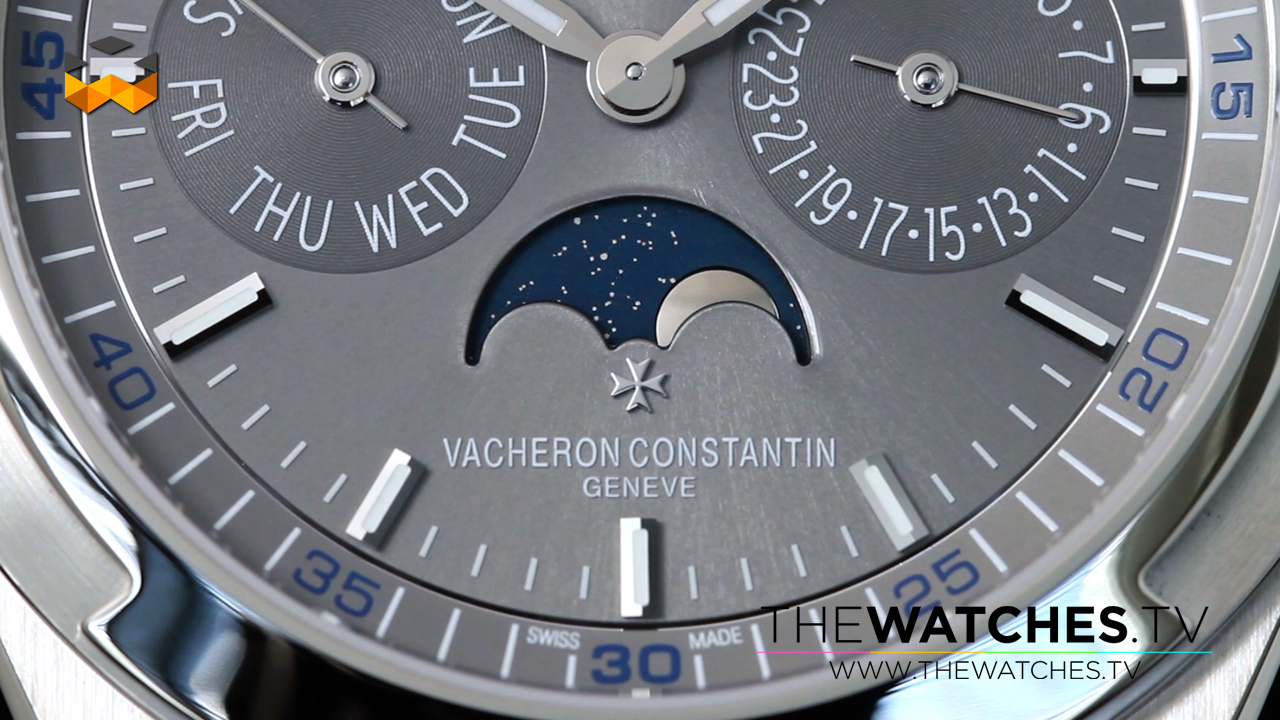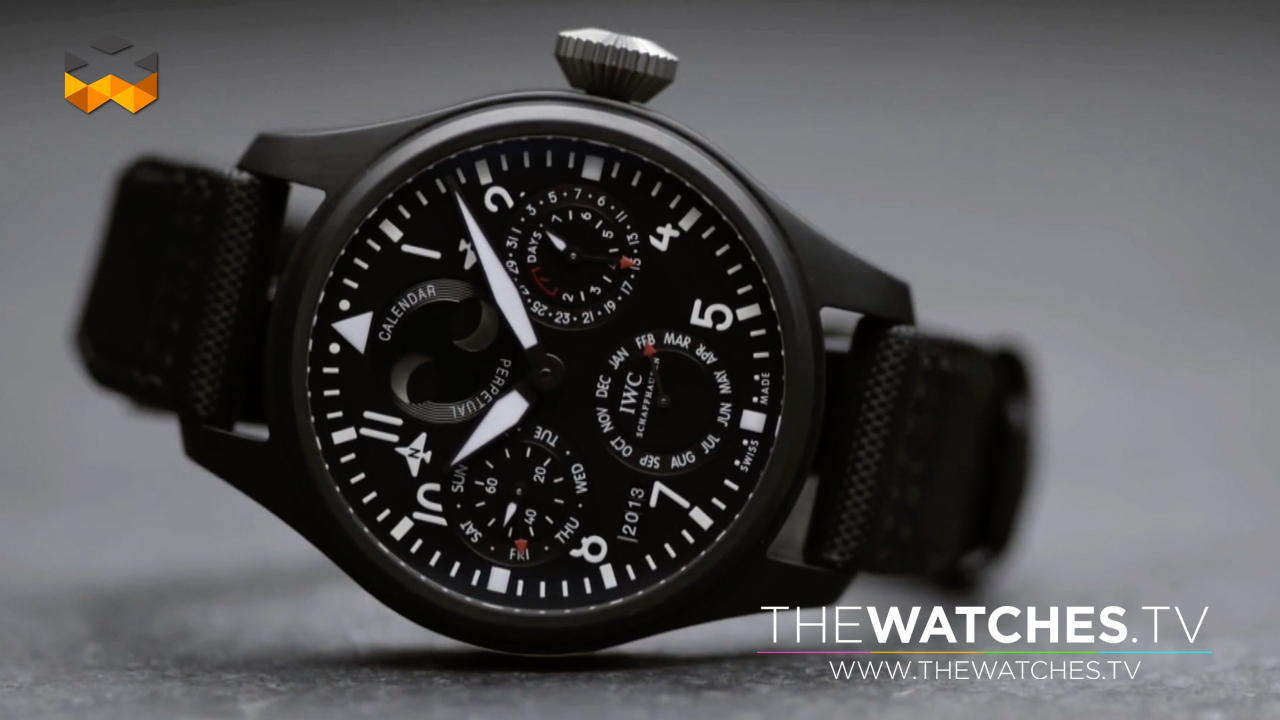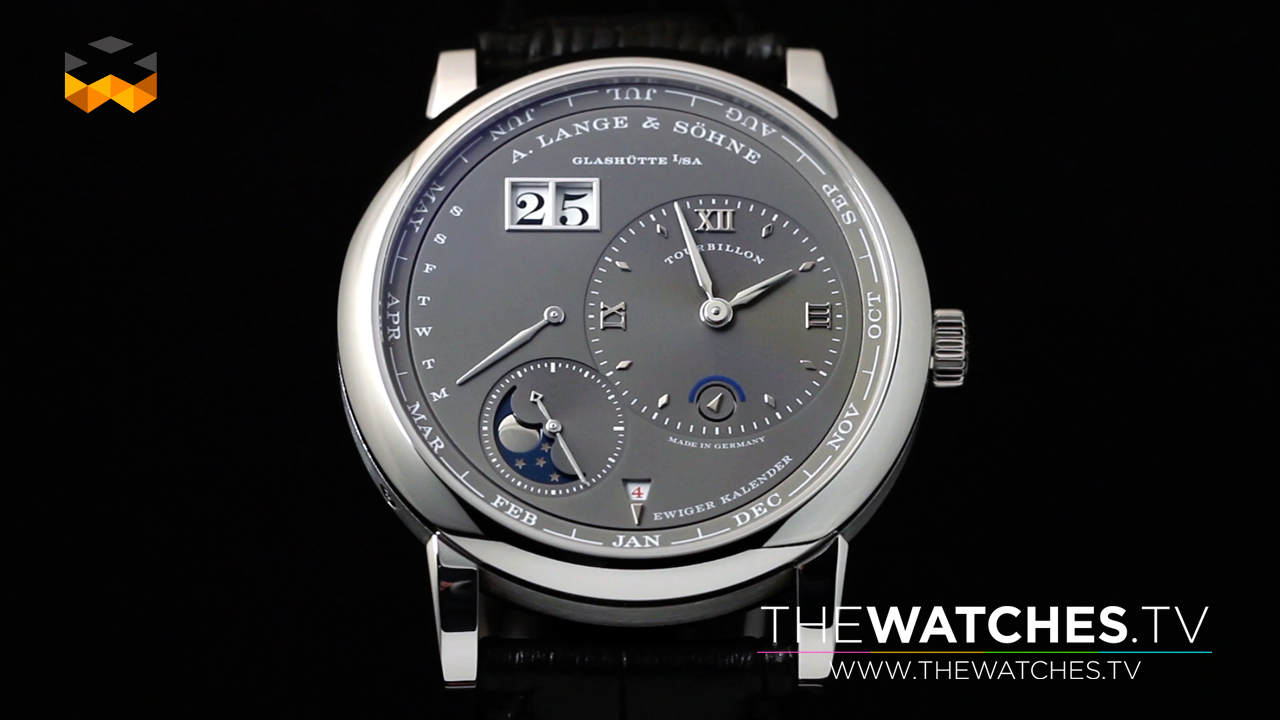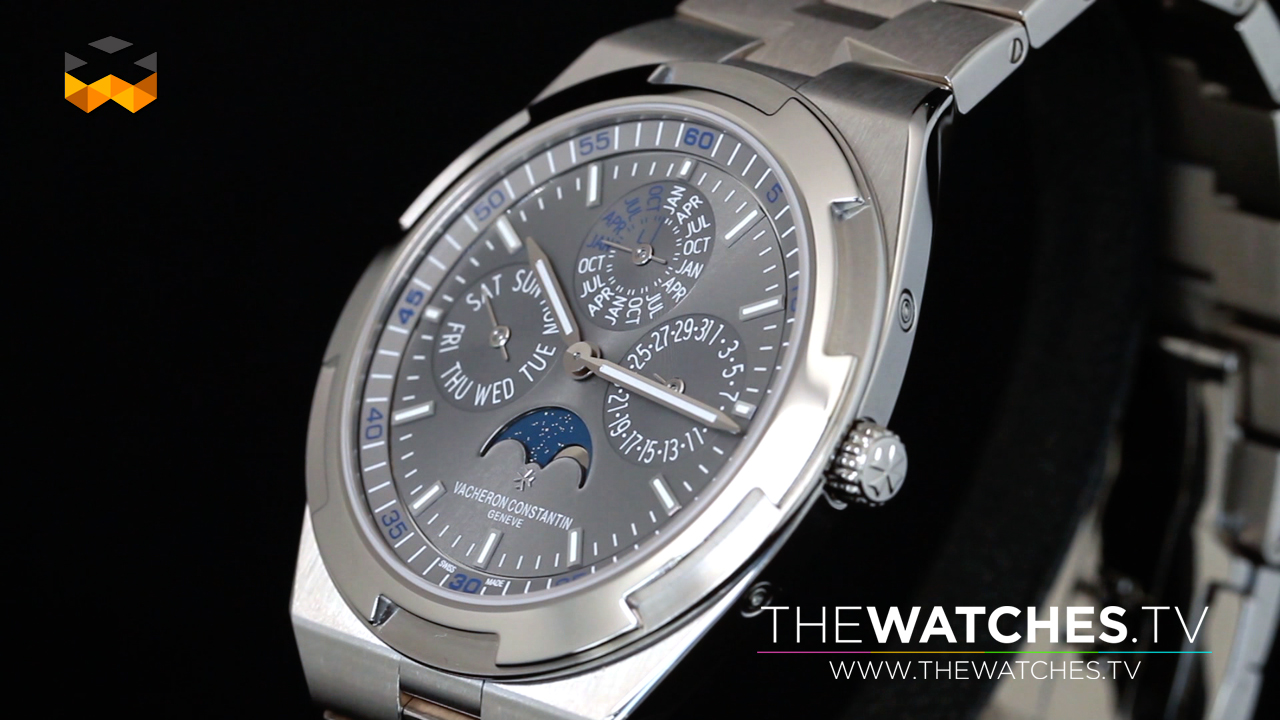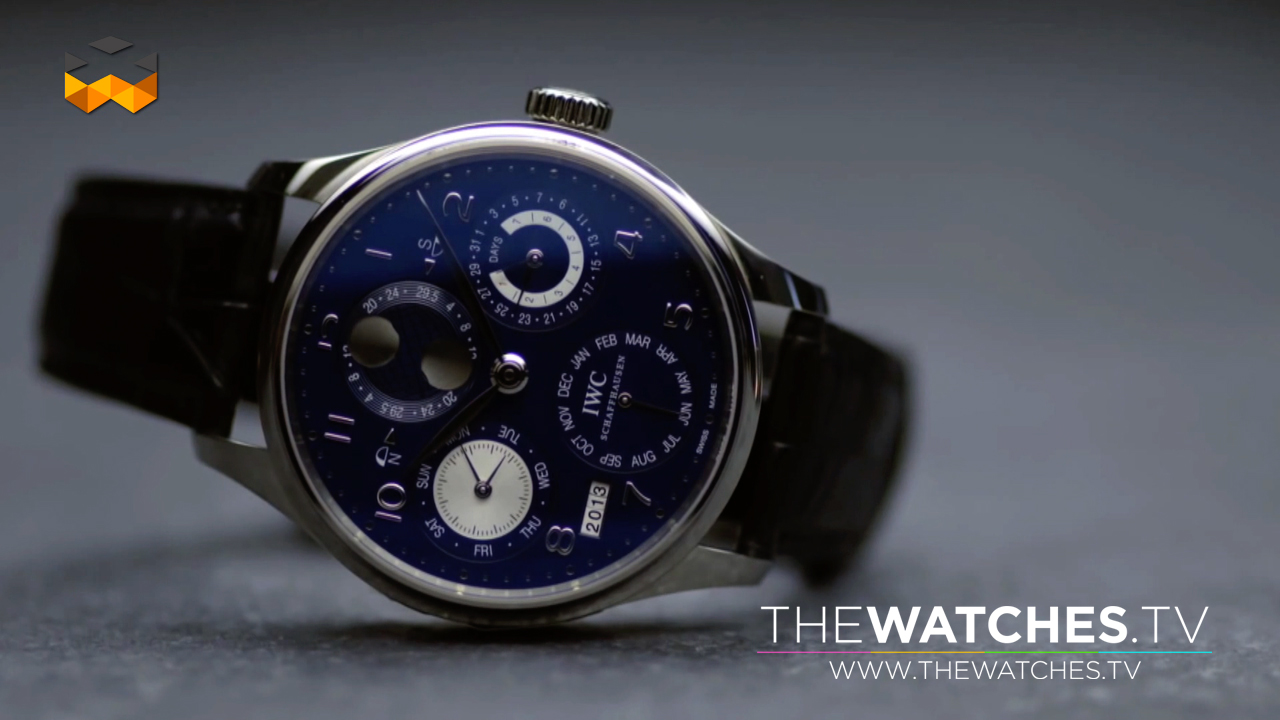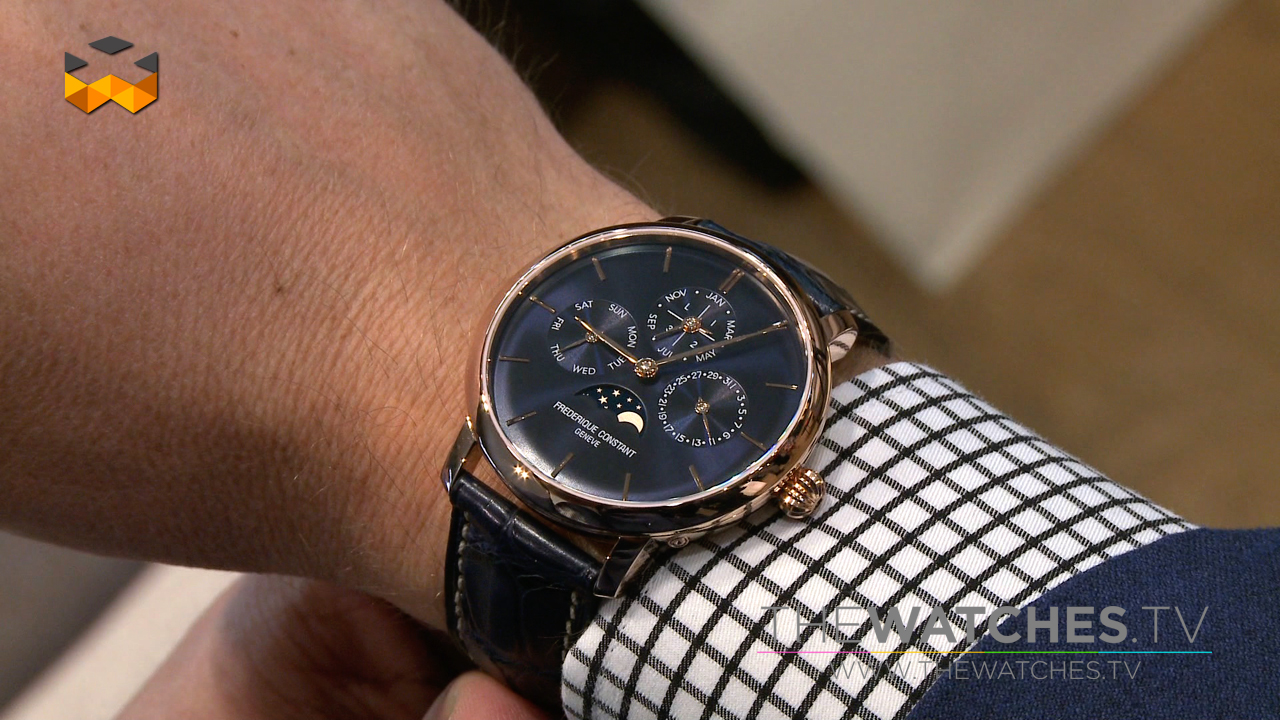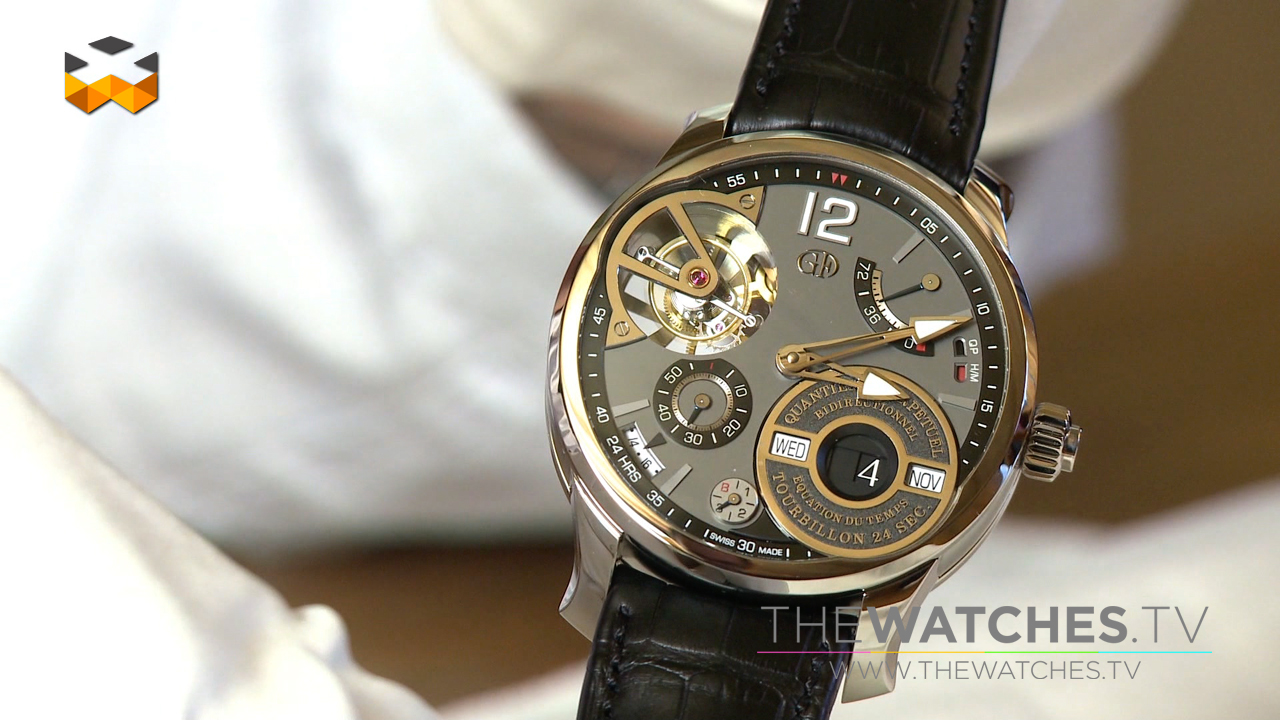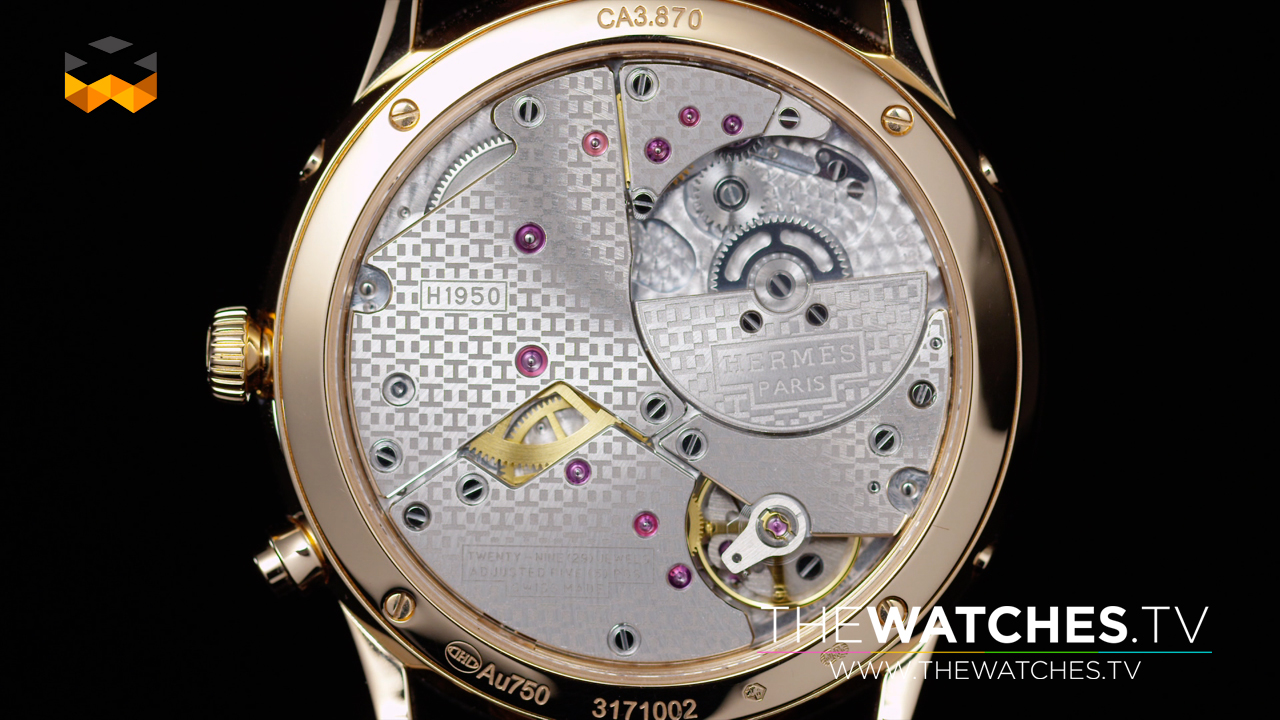Calendar Watches Saga 4 – The Perpetual Calendar & Secular Calendar
In this episode we focus on the perpetual calendar, the most complex and prestigious calendar system regularly produced in high-end watchmaking.
We already know that a calendar is a system created to structure the successions of days within a year. The main used today worldwide is called the Gregorian calendar introduced by the Pope Gregory 13th in 1582. Also called Western or Christian calendar, it was implemented to coordinate again the celebration of Easter with the spring equinox and to be more precise than its predecessor the Julian calendar. The Gregorian calendar integrates then a bissextile year every 4 years. Also called leap year, it designates a year when the February month lasts 29 days instead of the normal 28 to increase the numbers of days from 365 to 366. Watchmakers worked naturally on creating a mechanism able to deal with these exceptions. They succeeded in improving the simple calendar system that they can take into account this year. A dedicated hand or indicator shows then on the dial if the current year is a leap one or not. The first one was introduced in clocks, then pocket watches and the perpetual calendar appears into wristwatches at the beginning of the 20th century. It is, by the way, the first superior complication to be miniaturized enough to fit into a wristwatch.
Perpetual calendars belong to the category of the high complications in fine mechanical watchmaking. They are often appreciated because of the various counters they have and that give a strong feeling of technique. But one brand distinguished itself by creating a calendar that take into account the leap cycle. The leap cycle goes from years to the next one that cannot be divided by 400. For example, 1800, 1900, 2100 or 2200 belong to this category. These particular years should theoretically by usual leap years with 29 days in February. But to keep up with the constraints of the system, they are defined as common years. The brand is Franck Muller that launched in 2010 the Aeternitas Mega 4 with a secular calendar. It implies in particular one gear revolving in 400 years and another one in 1000 years! Thank to them, the wearer don’t have to set its calendar in 2100, nor in 2200 – supposing this particular owner has very unusual biological skills.
Perpetual calendars are some kind of Rolls Royce complication in the sense that they are not designed to show-off inordinately and work on a very slow tempo comparing to other high complications. But, as mentioned in the first report of this saga, their mechanisms are traditionally super sensitive. Most of them don’t allow going backward or you can’t set them during 11pm and 1am as the date is changing and it may break some parts inside. As watchmakers love competing together, their goal to improve the perpetual calendar followed two main directions. The legibility is the first one as usual perpetual calendars’ dials look sometimes like nests of hands. The second one is the usability and the security in setting them. The Greubel Forsey Perpetual Calendar with Equation of Time presented in 2013 gathers both features. The date can be read easily on a single line and it can be set at anytime in any direction using the crown only. More artistic and creative, the LM Perpetual by MB&F launched last year replace the sub dials by white rings to optimize the visibility on the movement below. The caliber was also entirely conceived to be easily set thanks to tiny pushers on the case band. It also includes a newly engineered and exclusive mechanical system to run the calendar. Finally, the purest and maybe most elegant one is the Slim Perpetual calendar from Hermès presented last year too. Here, the settings are secured and were simplified even if you still need to use correctors. But the amazing design of the dial and the presence of the moon phase indicator give an it a tremendously chic twist.


